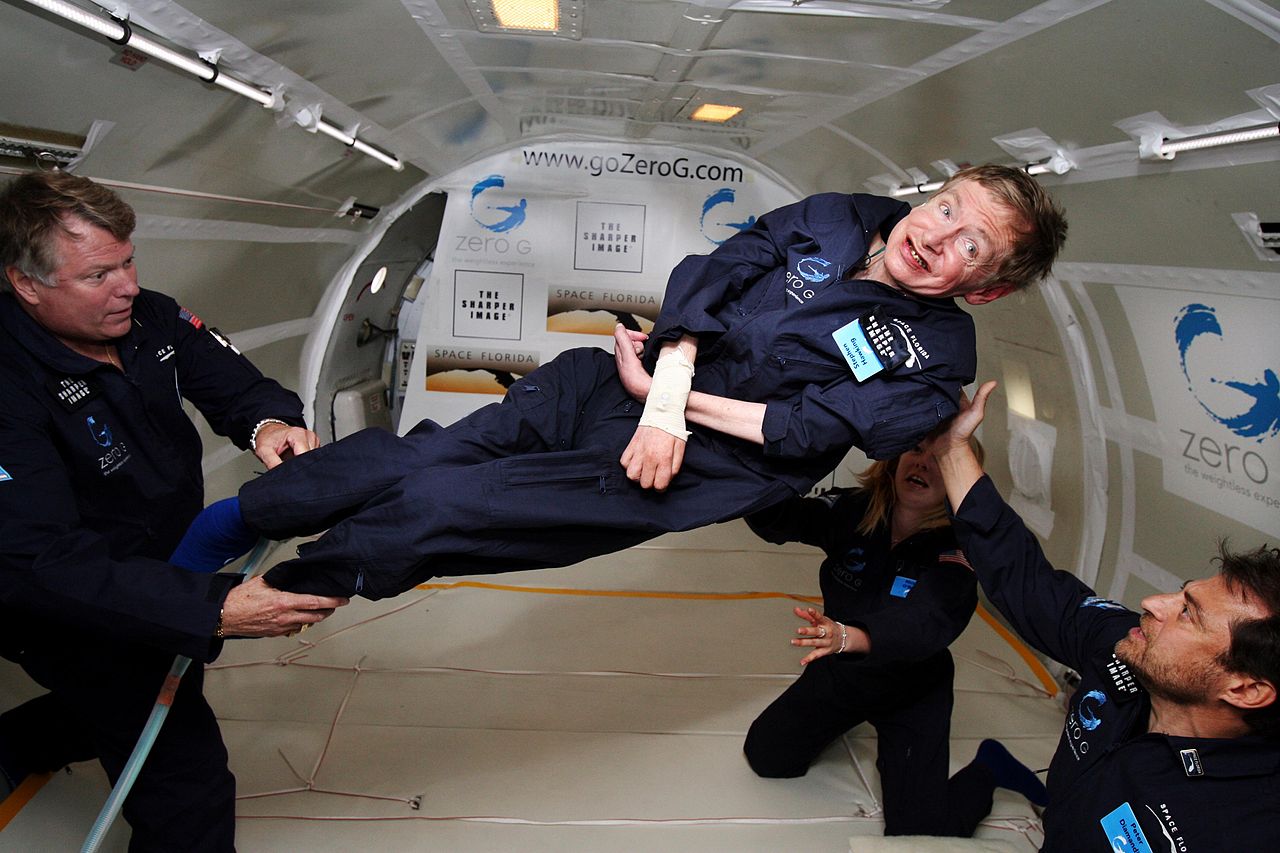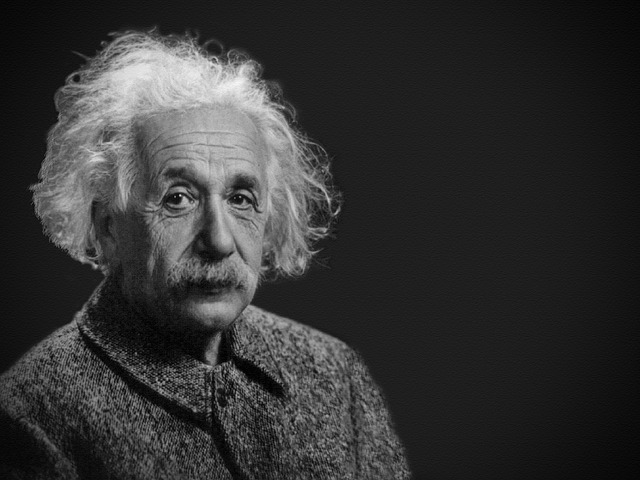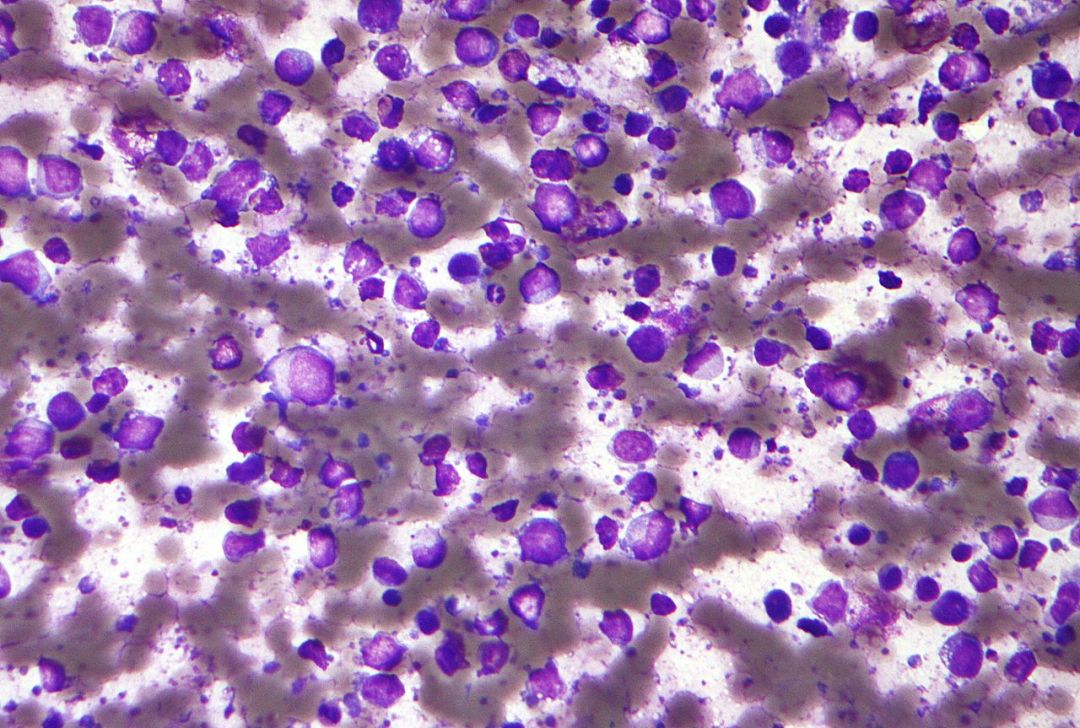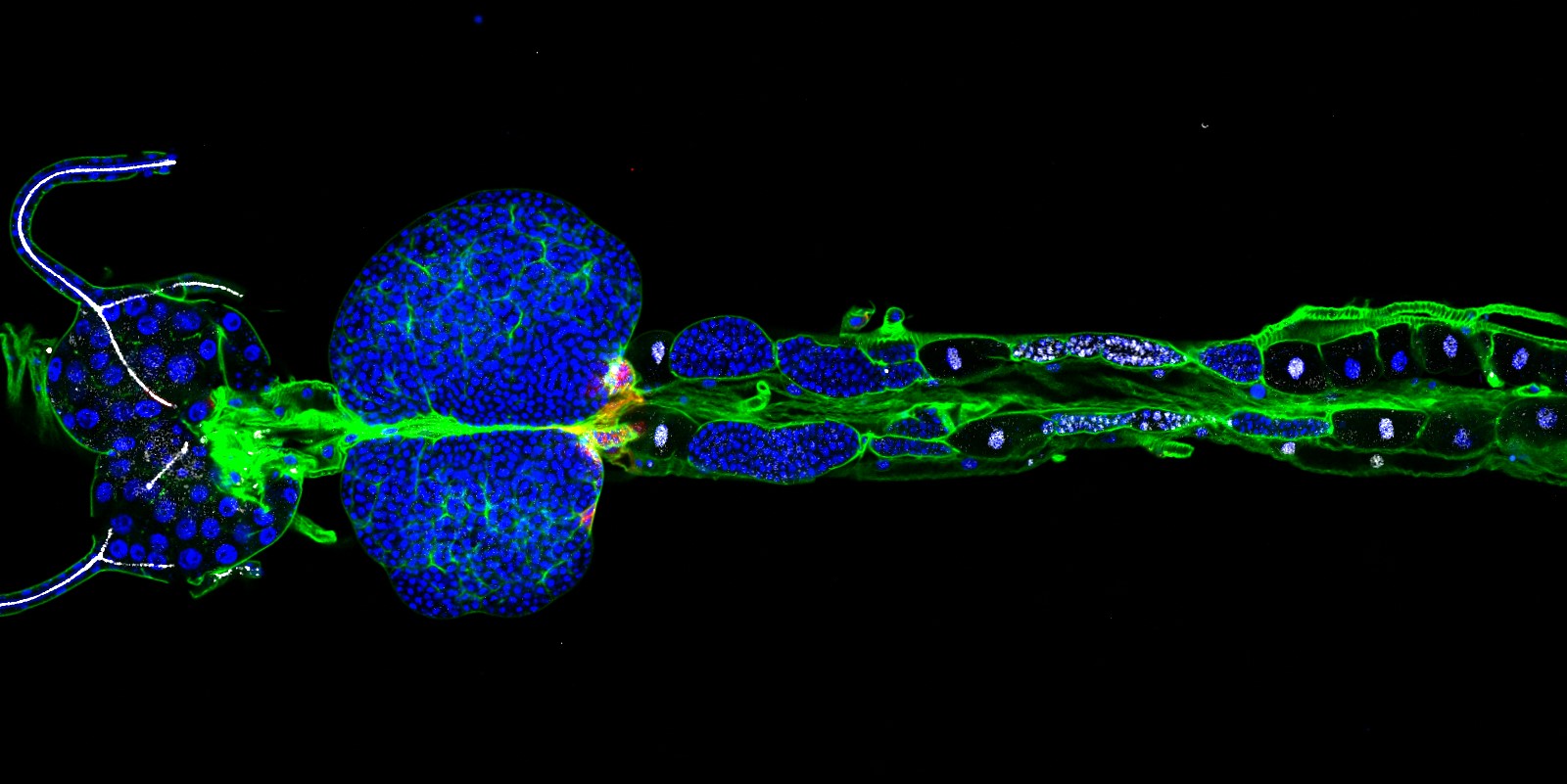
Stephen Hawking – The Guru of Cosmology
- News
- 2.7K
Stephen Hawking (January 8, 1942 – 14 March 2018) passed away in the early hours of March 14th, leaving behind a rich intellectual legacy that will dominate theoretical physics for years to come. Coincidentally, March 14th is Albert Einstein‘s birthday and January 8 was the day on which Galileo Galilei died in Arcetri, Italy. Hawking held the Lucasian chair of Mathematics at Cambridge, a position once filled by Isaac Newton. It is indeed fitting that these names are all strung together in the same paragraph and mentioned in the same breath. They are the giants who transformed theoretical physics into the shape that it has taken today.

Hawking’s early work (in collaboration with Roger Penrose) was on singularity theorems in Einstein’s general theory of relativity. This work showed decisively that Einstein’s theory predicted singularities: regions of space and time where our theories no longer hold. Einstein’s general relativity seemed to predict its own demise. There was new physics beyond general relativity.
Another seminal work of his concerns the areas of black holes. Hawking showed that the area of a black hole always increases with time. This suggested an analogy with entropy and the second law of thermodynamics, which predicts that disorder of a closed system always increases. This analogy was initially not taken seriously because it seemed so farfetched and, indeed, flawed.
However, Jakob Bekenstein, an Israeli physicist, persisted with the analogy, despite the obvious flaw that black holes absorb light and do not let it escape, whereas black bodies in thermal physics emit as well as absorb light. Hawking’s striking insight was to realize that black holes were indeed thermodynamic objects which have a temperature and emit radiation- now called Hawking radiation. This brilliant insight nailed the analogy and has led to deep relations between gravitation, quantum mechanics and statistical mechanics which are still being explored today. Hawking has made many seminal contributions to cosmology, black holes and the relationship between geometry, gravitation and quantum theory, too numerous and technical to mention here.
Hawking brought to the subject a style of mathematical physics that used subtle methods from differential geometry and differential topology to bear on the physics of black holes and cosmology. There is a strong Indian connection here. The idea of a black hole had its roots in the work on the stability of white dwarf stars by S. Chandrasekhar, an American physicist of Indian origin. Hawking’s analysis of singularities and the area theorem relied crucially on an equation discovered by Amal Raychaudhuri, an Indian physicist whose name is perhaps better known abroad than in his native land. The classic book by Hawking and Ellis on the large-scale structure of space-time summarizes some of these developments in a rigorous mathematical way.
Hawking has captured the public imagination both for the boldness of his ideas and the trying circumstances they were developed in. His bestselling book “A brief history of time”, and its sequels, have drawn the lay public into the esoteric realms of space, time and black holes.
Hawking is very much a part of popular culture. He has appeared on “The big bang theory”, a popular television serial that pokes gentle fun at the arcane mysteries of theoretical physics and the curiously warped personalities and personal lives of the cerebral and self-absorbed people behind the science.
Hawking is featured in “The Simpsons”, another popular and satirical television cartoon show. He has also been sensitively portrayed by Eddie Redmaynein the movie “The Theory of Everything”.
https://youtu.be/OH8s4N15zdg
What is most remarkable and has captured the public imagination is the circumstances in which Hawking did his seminal work. At the age of 21, he was diagnosed with amyotrophic lateral sclerosis (ALS), a degenerative disease (also referred to as motor neuron disease). His doctors gave him two years to live. They were off by about fifty – 50 more years in which Hawking continued to defy the odds and leave his eternal mark on the theories of black holes and cosmology. (India Science Wire)
The author is a theoretical physicist at Raman Research Institute, Bangalore, and works in the areas of general relativity, quantum theory, and quantum information theory. (India Science Wire)
For the latest Science, Tech news and conversations, follow Research Stash on Twitter, Facebook, and subscribe to our YouTube channel
Images Wikimedia commons


